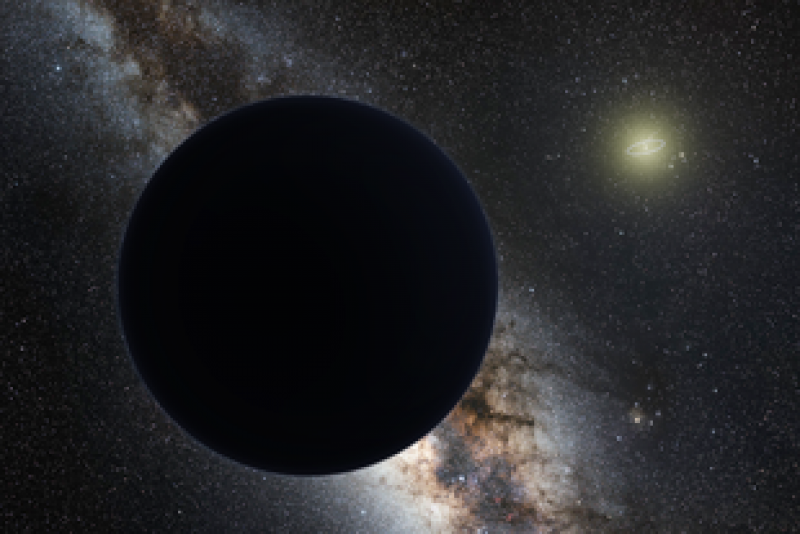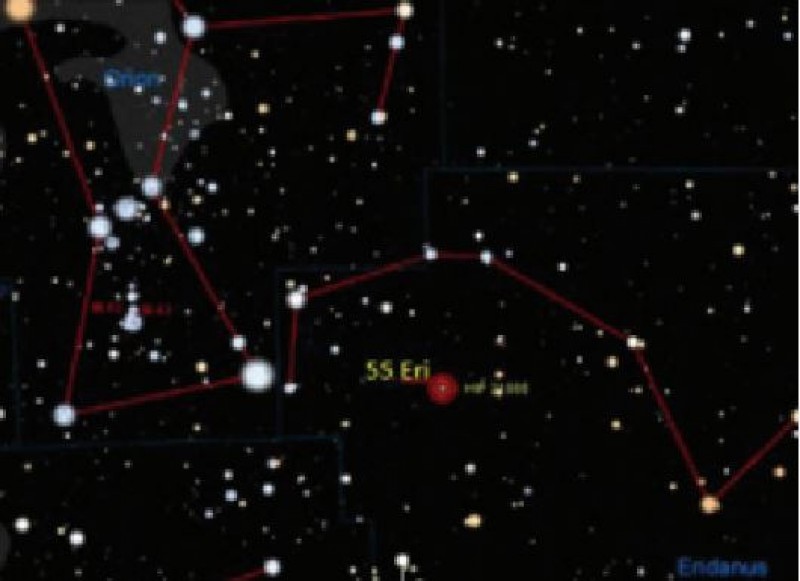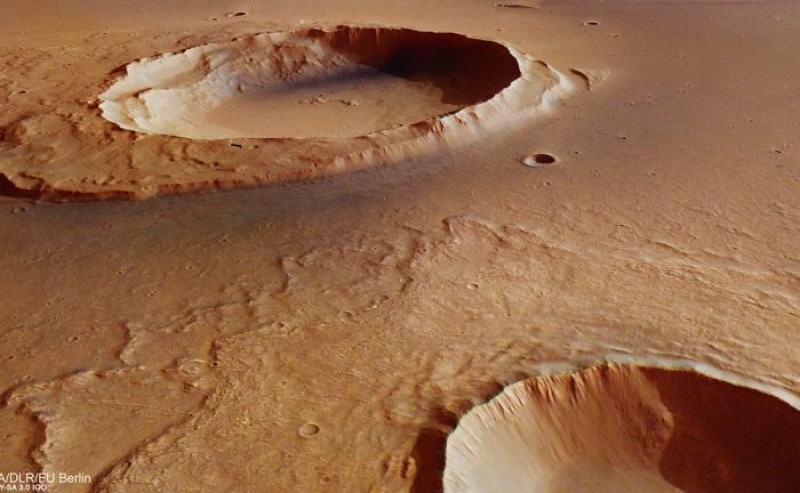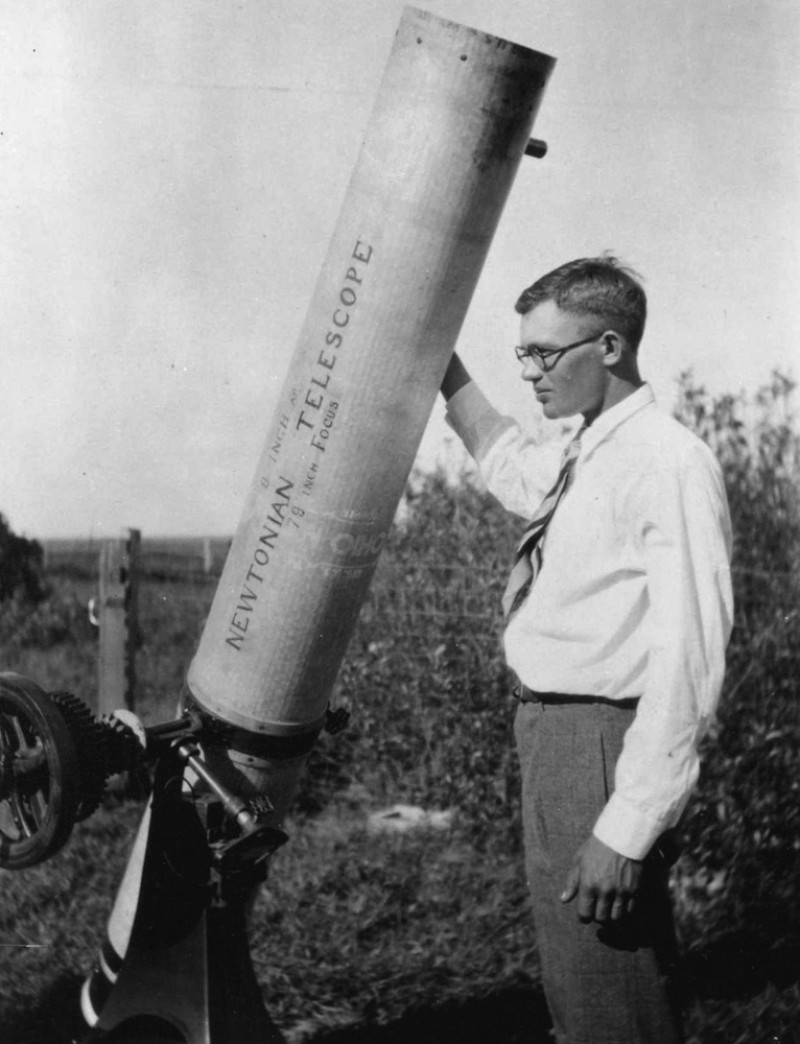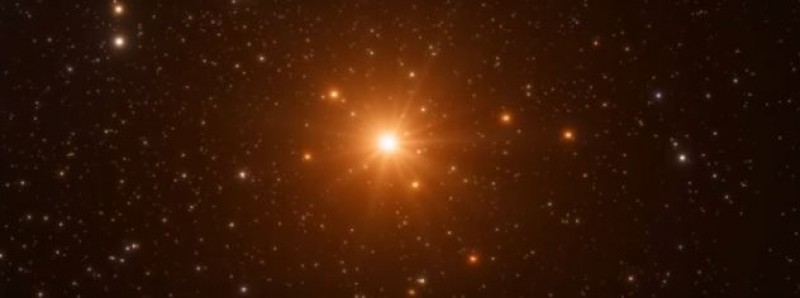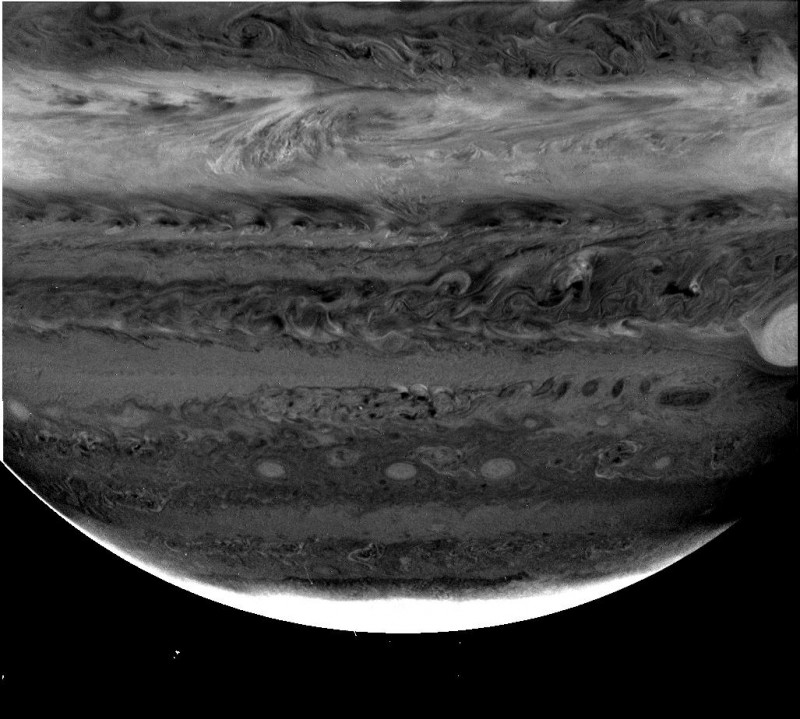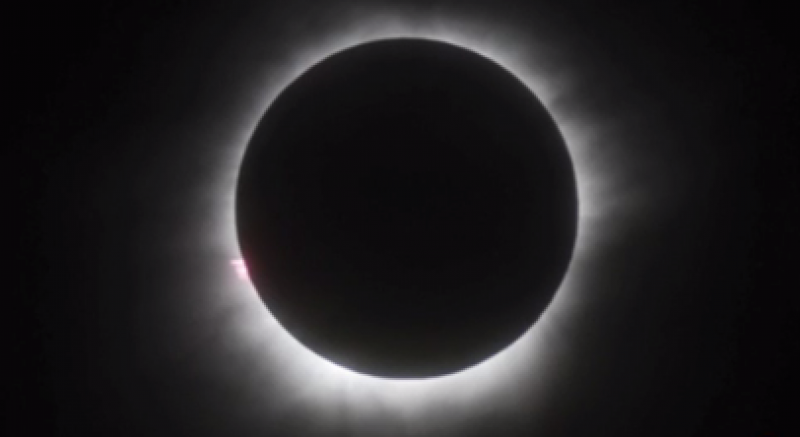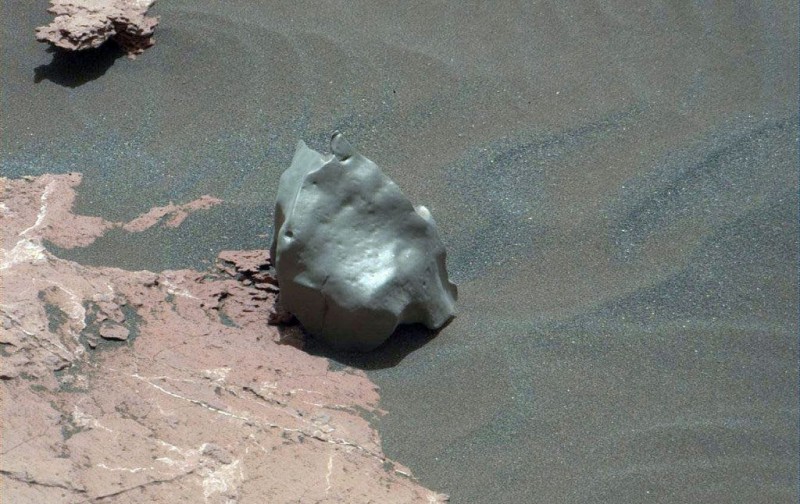Blog
HELP WANTED: Sharp Eyes To Find Planet 9
Tuesday, March 28th 2017 05:45 PM
Have you ever thought about discovering a planet? It may not be as fanciful as you think. Astronomers at the Australian National University (ANU) want help in searching for a ninth planet thought to be orbiting our Solar System.
With a working title of Planet Nine, it is speculated to exist beyond Pluto. Amateur stargazers have been promised input on naming the planet if they spot it on a website showing digital images of space.
The website displays hundreds of thousands of images taken by a robotic telescope at the university's Siding Spring Observatory in New South Wales.
The website shows images of the southern sky. A similar search of the northern sky was organized by US space agency NASA last month.
ANU astronomer Dr Brad Tucker said he hopes Planet Nine will be found in the less-explored southern sky.
"If this planet exists, it's already in one of our thousands and thousands of images," he told the BBC.
"We said, 'hey, let's have the public help us a...
Read More
Read More
Run a Double Star Marathon in One Night
Wednesday, March 15th 2017 12:33 AM
Here is a finder chart for 55 Eridani generated by TheSkyX by Software Bisque. SkyX is software that can help beginning appreciate what they're learning, help intermediate astronomers find what they're trying to find and help serious and pro-level astronomers reach new heights. For both Mac and Windows.
Object: 55 Eridani, SAO131443, STF590Class: Double StarConstellation: EridanusMagnitude: 5.98 (6.7, 6.8)R.A.: 4 h, 43 m, 35 sDec: -8° 47’ 40”Size/Spectral: F4Separation/PA: 9.2 arc seconds; 317 degreesDistance: 406 lyOptics needed: A small telescope
If you’re a reader of Astronomy magazine you may have run across Glenn Chaple’s article in the March, 2017 issue called “Double star marathon redux”. The idea is to create a double star marathon list to complement the Messier list. Most of us know that in March it’s possible to see all the Messier objects in a single night. If a Messier marathon isn’t eno...
Read More
Read More
Once Upon a Time on Mars, a Mega-Flood
Wednesday, March 8th 2017 06:48 PM
The Mars Express probe was the European Space Agency’s first attempt to explore Mars. Since its arrival around the Red Planet in 2003, the probe has helped determine the composition of the atmosphere, map the mineral composition of the surface, studied the interaction between the atmosphere and solar wind, and taken many high-resolution images of the surface.
Perspective view looking from an unnamed crater (bottom right) towards the Worcester Crater. The region sits at the mouth of Kasei Valles, where fierce floodwaters emptied into Chryse Planitia. Credit: ESA/DLR/FU Berlin
And even after 14 years of continuous operation, it is still revealing interesting things about Mars and its past. The latest find comes from the Kasei Valles region, where the probe captured new images of the giant system of canyons. As one of the largest outflow channel networks on the Red Planet, this region is evidence of a massive flood having taken place bil...
Read More
Read More
Clyde Tombaugh and Pluto, Two Underdogs
Saturday, March 4th 2017 11:23 PM
Pluto and Clyde Tombaugh are both interesting stories. Pluto, of course, used to be somebody, a planet. It was recently downgraded amid much and continuing controversy to a dwarf planet. Protests, petitions, yadda yadda. We’ll see.
Clyde Tombaugh’s story, however, is pretty well settled. He was born in Illinois in 1906. When he was 16, his farming family moved to Kansas. Clyde was interested in the stars, very interested. And of course was counting on going to college. Alas, a hail stormed killed that deal. So he followed the path of a serious amateur, farm chores during the day, reading and observing at night.
But he got frustrated with store-bought telescopes of the time and decided to build his own, an 8” Newtonian, out of the crankshaft of a 1910 Buick and a cream separator, grinding the mirrors himself. With that he zeroed in on Jupiter and Mars and sent his observations in to the Lowell Observatory asking for feedback to help him be...
Read More
Read More
Ladies and Gentlemen, May We Introduce ... Ultra Cool Dwarf and the Seven Worlds!
Wednesday, March 1st 2017 01:54 AM
Artist impression of the latest new planets found by astronomers. CREDIT: European Southern Observatory. Full credits below.
Astronomers have found a system of seven Earth-sized planets just 40 light-years away. Using ground and space telescopes, including ESO’s Very Large Telescope, the planets were all detected as they passed in front of their parent star, the ultracool dwarf star known as TRAPPIST-1.
Three of the planets lie in the habitable zone and could harbour oceans of water on their surfaces, increasing the possibility that the star system could play host to life. This system has both the largest number of Earth-sized planets yet found and the largest number of worlds that could support liquid water on their surfaces. This ESOcasts describes the findings and shows a little of what they might mean.
The artist’s impressions in this video are based on the known physical parameters for the planets and stars seen, and uses a vast databa...
Read More
Read More
VIDEO: Know Your Plossl from your Barlow?
Tuesday, February 7th 2017 07:27 PM
It's just a fact of life that a many entry level telescopes will be just fine in the tube and then pull up a little short in the eyepiece. In fact, one of the most cost-effective upgrades you can make, certainly one of the first you should consider, is upgrading your eyepiece. Here's a good, no-nonsense primer on eyepieces that can get you on the right track.
Read More
Read More
Cassini Probe Made 3-D Portrait of Jupiter's Clouds
Friday, February 3rd 2017 11:59 PM
Images from NASA's Cassini spacecraft using three different filters reveal cloud structures and movements at different depths in the atmosphere around Jupiter's south pole.
Cassini's cameras come equipped with filters that sample three wavelengths where methane gas absorbs light. These are in the red at 619 nanometer (nm) wavelength and in the near-infrared at 727 nm and 890 nm. Absorption in the 619 nm filter is weak. It is stronger in the 727 nm band and very strong in the 890 nm band where 90 percent of the light is absorbed by methane gas. Light in the weakest band can penetrate the deepest into Jupiter's atmosphere. It is sensitive to the amount of cloud and haze down to the pressure of the water cloud, which lies at a depth where pressure is about 6 times the atmospheric pressure at sea level on the Earth). Light in the strongest methane band is absorbed at high altitude and is sensitive only to the ammonia cloud level and higher (pressures less than about one-half of Earth's...
Read More
Read More
5 Solar Eclipse Tips
Tuesday, January 31st 2017 10:45 PM
On August 21, 2017 the total solar eclipse that will be tracking northwest to southeast across the US will be concentrating thousands of people in its path to see this once-in-a-lifetime experience. Totality only lasts about 2-1/2 minutes and it will be the shortest 2-1/2 minutes you’ll ever experience with your telescope.
Here are five tips to get ready:
1. You are already LATE!
You have six months to get ready. That is barely enough. You have solar filters to buy or a dedicated solar telescope before demand gets nutso. Get off work. Make hotel or campground reservations. No, not later, now. The general news media won’t be catching on to this until June, maybe July, and when that happens, it’s going to be a circus. Get out ahead of it.
2. Mind the little stuff
Sunscreen, right? You’re going to be out in it. Big hat. Blanket to sit on. White towels to cover things up with so they don’t get baked. Chairs. Extra bat...
Read More
Read More
OMG! How NOT to Set Up Your First Telescope
Tuesday, January 24th 2017 06:28 PM
Ever feel like the complexity of astronomy sometimes get the better of you? OK, yes, this is performance art but it's funny as all get out. Actor/comedian Rick Mammana kind of nails it, doesn't he? "I don't need no stinkin' instructions!" Enjoy.
Read More
Read More
Mars Curiosity Rover Rolls Up to Potential New Meteorite
Wednesday, January 18th 2017 12:49 AM
By Bob King, Universe Today
Rolling up the slopes of Mt. Sharp recently, NASA’s Curiosity rover appears to have stumbled across yet another meteorite, its third since touching down nearly four and a half years ago. While not yet confirmed, the turkey-shaped object has a gray, metallic luster and a lightly-dimpled texture that hints of regmaglypts. Regmaglypts, indentations that resemble thumbprints in Play-Doh, are commonly seen in meteorites and caused by softer materials stripped from the rock’s surface during the brief but intense heat and pressure of its plunge through the atmosphere.
Oddly, only one photo of the assumed meteorite shows up on the Mars raw image site. Curiosity snapped the image on Jan. 12 at 11:21 UT with its color mast camera. If you look closely at the photo a short distance above and to the right of the bright reflection a third of the way up from the bottom of the rock, y...
Read More
Read More
